Join The Slow Fashion Movement
Welcome to The Maker Journal! Today we are attempting to define slow fashion; a difficult enough task as brands take it on in different ways and give it new meanings all the time. For clarity though, we will explain the roots of the slow movement and all the different ways in manifests today in fashion. With these tips it will also be easier for you to spot a slow fashion maker or brand. Slow fashion is not only important for the environment and the people designing and creating it, but also you as a consumer. An attempt to sum up all the benefits of slow fashion below.
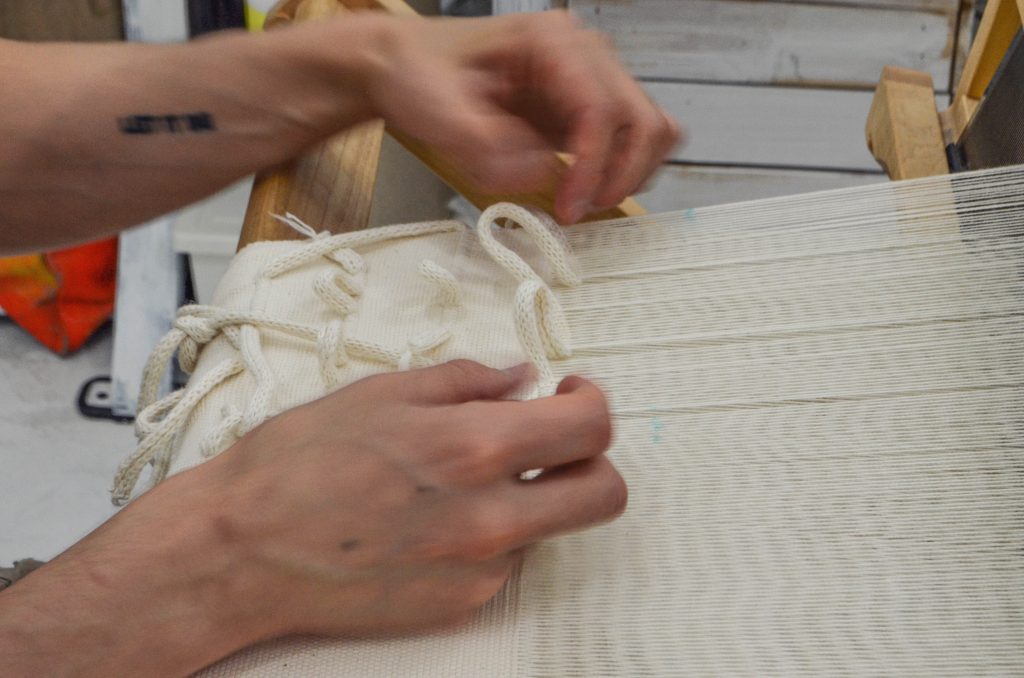
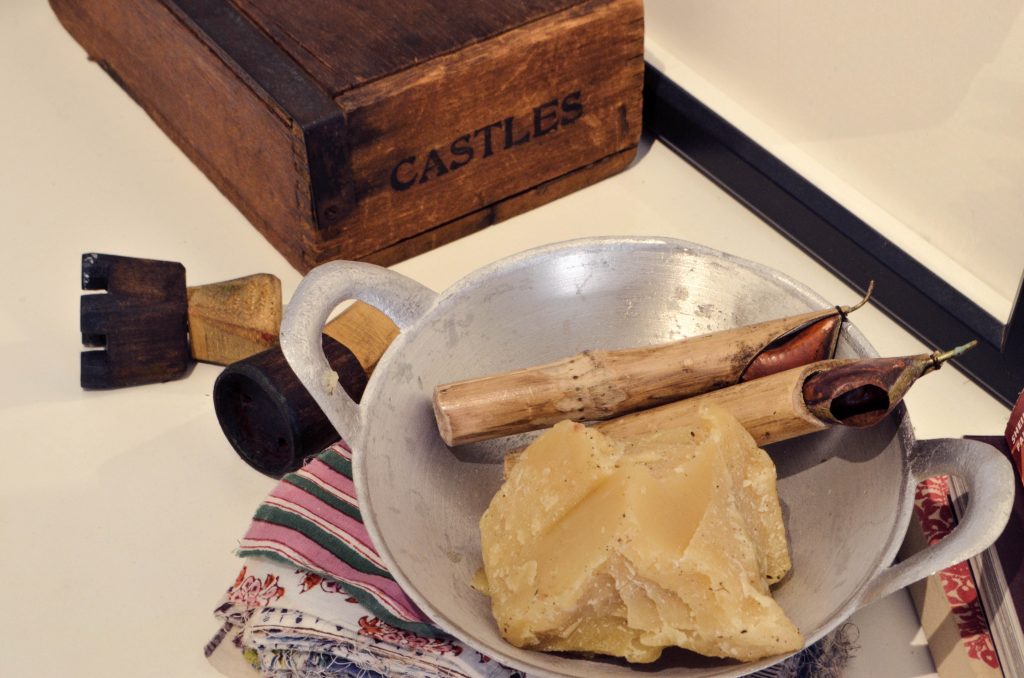
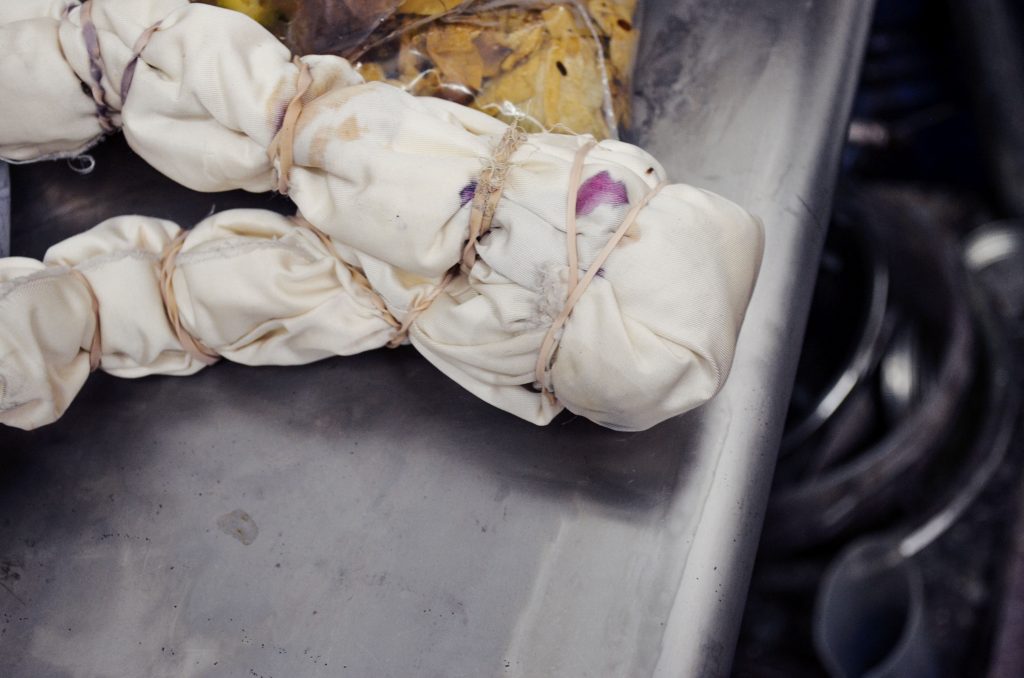
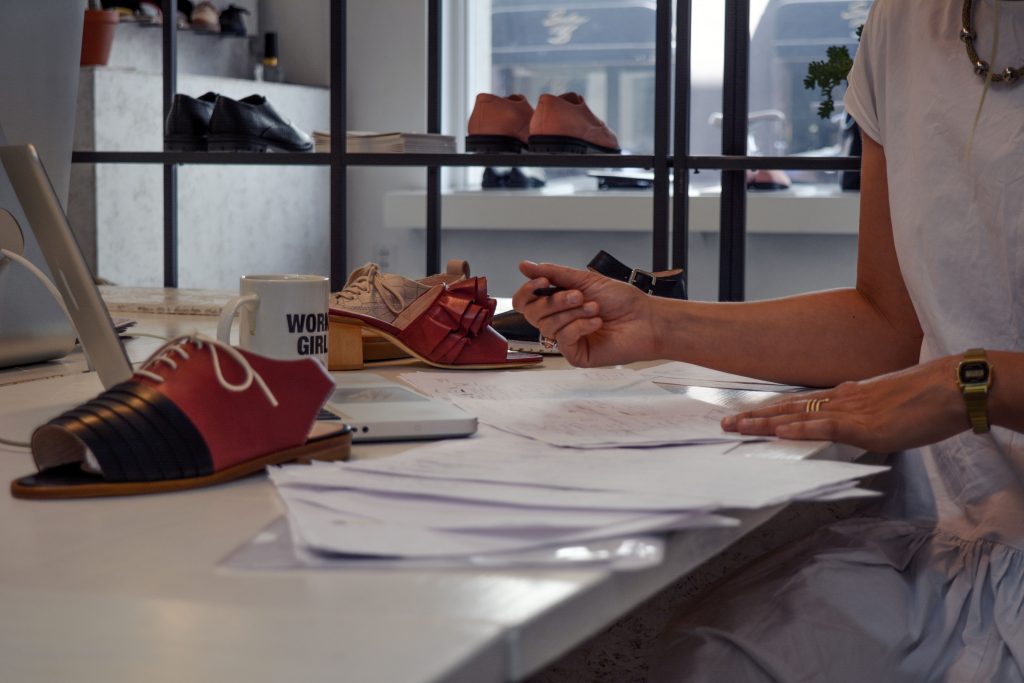
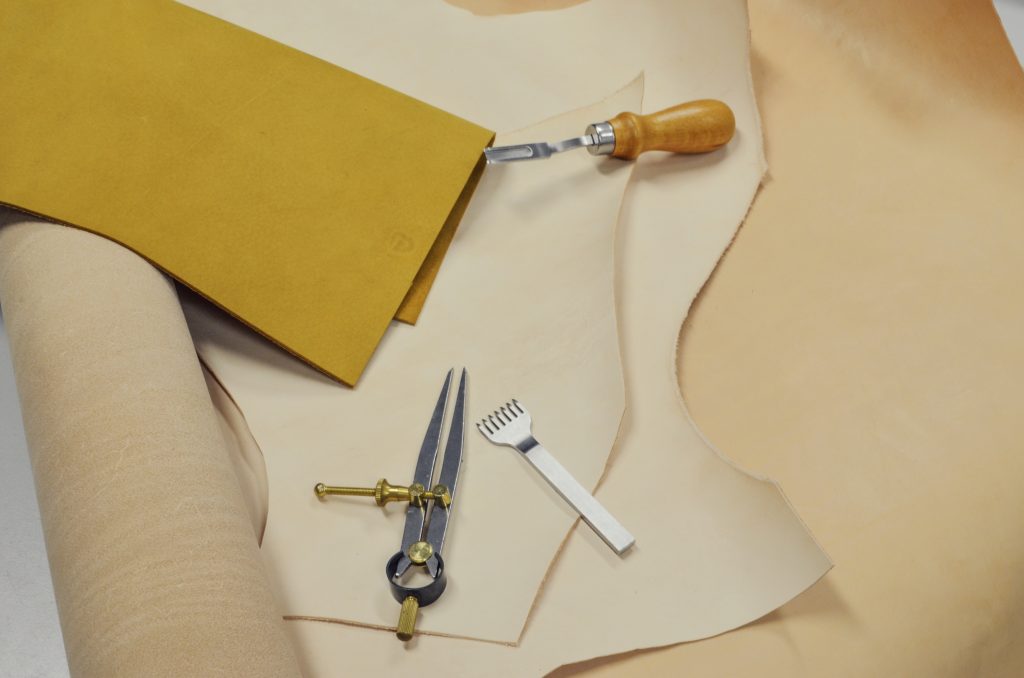
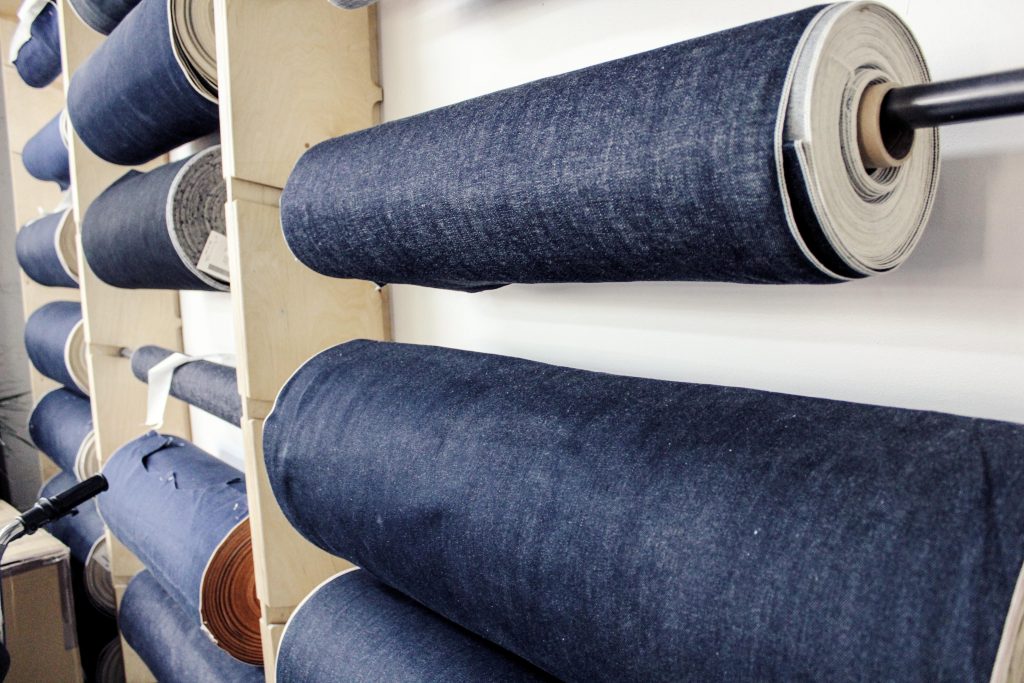
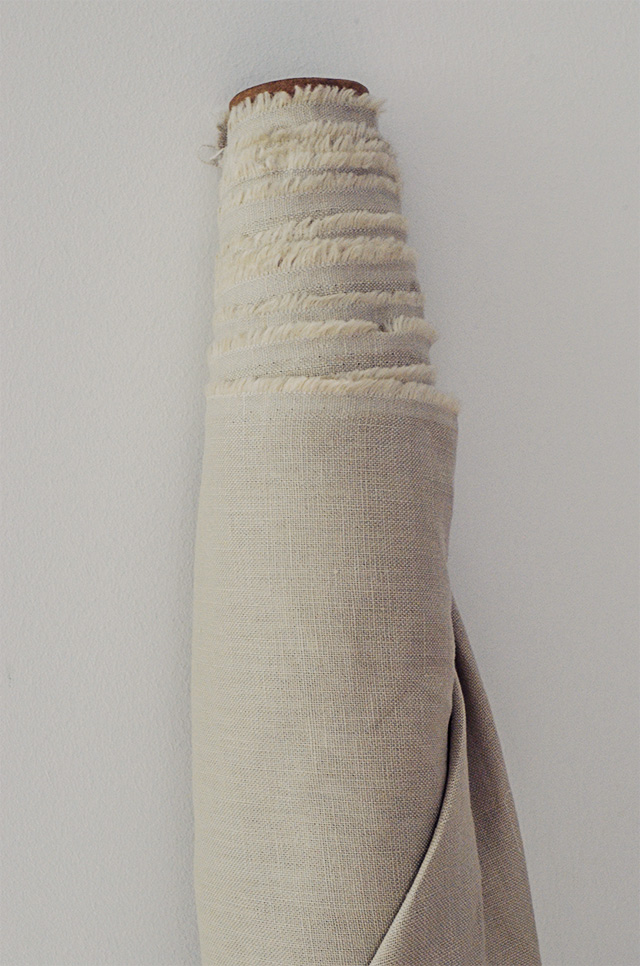
So, where does the slow fashion movement come from?
What initially started with the slow food movement back in the 80s, expanded quickly to cities, a way of life and finally fashion. Carl Honore’s book, In Praise of Slowness, a sort of bible for the slow movement, is based on this philosophy;
“It is a cultural revolution against the notion that faster is always better. The Slow philosophy is not about doing everything at a snail‘s pace. It’s about seeking to do everything at the right speed. Savoring the hours and minutes rather than just counting them. Doing everything as well as possible, instead of as fast as possible. It’s about quality over quantity in everything from work to food to parenting.”
Kate fletcher coined the term slow fashion in 2008 in her book that introduced radical notions about the speed of fashion at the time.
What is it?
Slow fashion is about ditching seasons, fashion schedules and waving goodbye to the old fashion system. It is about creating timeless pieces that are made to last, that don’t go out of trend because they don’t follow trends, and are therefore also available to purchase for longer periods of time. It goes against mass production, and embraces the notion that purpose made is better. It is about choosing well made clothes made by skilled individuals, that value quality and savouring the beauty of the process and the finished product. It is not anti development, on the contrary, slow fashion embraces development in innovative production techniques and textiles that are less harmful to the environment and longer lasting.
Why is it important?
TO DESIGNERS
It gives designers the chance to be artists again; work according to their own clock, disregard the relentless cycle and do things at their own pace. This allows them to do things better and research new techniques and better ways of making things, improve the process and hence the final products. It makes each individual garment more meaningful, creative, one of a kind and revolutionary.
VALUE TO US
It let’s consumers take a step back and reflect on what they really need, think and wallow. With less clothes being churned out, we have more time to think about the purpose they will serve. We can be conscious of the consequences of our actions, the value of our clothing and the meaning for us. It makes us less materialistic by default, the way our grandparents were, back when a few pieces that you really loved and would really last were enough.
CONNECTION
It allows us to build a connection to our garments again, when our consumption isn’t driven by throwaway culture. Slow fashion is made for wear and tear and they are made be worn over and over. They are made to be comfortable and easy, Elizabeth Suzann describes slow fashion as the equivalent to afternoon tea; it wraps you up softly and makes you feel warm inside.
KNOWLEDGE and QUALITY
Having garments produced slowly often means brands are able to be more transparent about how they are made, revealing how the fashion system really works for the customer. When what it takes to create a well made, long lasting garment is explained, a customer can understand the difference of slow and fast fashion. Finally, you can purchase garments with peace of mind, knowing it will actually last. Material and production are the two big factors here, and with superior materials and production quality, a garment is simply made to last.
ETHICAL PRODUCTION
With slow fashion comes ethical production practices, meaning fair wages, no slave labour and safe working conditions. Purchasing slow fashion means you can get it with a piece of mind, and support companies that are acting consciously.
NO TOXINS
With slow fashion comes natural fabrics which are free of any chemicals. We still don’t know the full spectrum of the bad effects of chemicals, but we do know that natural fibres are not bad for us. Usually slow fashion brands also use natural dyes which are easier on the skin, and will not cause allergic reactions or rashes. Natural fabrics also let our skin cells breathe better.
MINIMALISM
Less is more. Even if you don’t believe in that philosophy, decluttering is always good for the soul. Embracing slowness, inherently means embracing minimalism; needing less, buying less and having less. It’s a simpler life, that let’s us refocus on things that are really important, and removes any distractions that are not actually necessary.
CRAFTSMANSHIP
Slow fashion often also embraces production methods that take a little longer and are more labour intensive; not disregarding them because they take more time and effort. This creates a place for artisans and skilled craftsmen to thrive, and keep sustaining themselves with ancient processes that get a revamp in a modern context. It allows the artisans to focus on the process and in creating the most intricate details and brilliant quality.
LESS HARMFUL TO THE THE ENVIRONMENT
And the best part? On top of everything else, slow fashion is better for the environment, whatever angle you look at it from. Less waste thrown into landfills or incinerated with toxic fumes, less resources depleted, and usually with slow fashion items, resources are used more mindfully, with a lot of slow fashion brands embracing more environmentally friendly, renewable materials such as linen, hemp and tencel.
with less clothes being churned out, we have more time to think about the purpose they will serve

